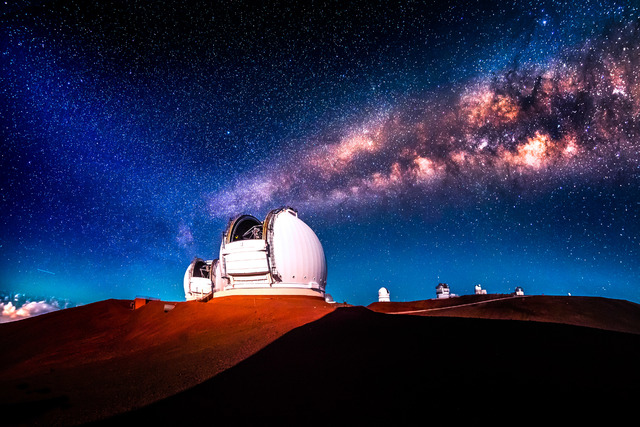

The head of the University of Hawaii’s astronomy program said the authority could help his own institution if it “stabilizes the whole situation” for Mauna Kea astronomy.īut Doug Simons said he’s worried the authority might not get up and running in time to renew the summit master lease and subleases. The TMT matter, meanwhile, remains unresolved: Its backers still want to build on Mauna Kea, though they have selected a site in Spain’s Canary Islands as a backup. “I believe that the world is watching to see how we deal with this.” “This is not just the Big Island issue, it’s not just a state issue, but I believe it’s a global issue,” said state Sen. David Tarnas pointed to a report by a committee of astronomers from across the country declaring there’s a need to develop a new model of collaborative decision-making together with Indigenous and local communities. Lawmakers said the pressure to address Hawaii’s telescope standoff isn’t just coming from within the state but also from the US astronomy community. It’s designed to create an illusion of having consent and representation in a situation where we really don’t,” said Pisciotta, a spokesperson for the groups Mauna Kea Hui and Mauna Kea Aina Hou. Kealoha Pisciotta, who has been part of legal challenges against TMT and other observatory proposals since 1998, said Native Hawaiians should at minimum have an equal standing on the board. The House speaker has nominated one kia’i leader for the board.īut some longtime telescope opponents are critical, creating questions about how broad the authority’s community support will be. Several kia’i who served on that working group support the authority. Their report, which dedicated a large chunk to the historical and cultural significance of the mountain, formed the foundation of the new law. Lawmakers drafted the law after a working group of Native Hawaiian cultural experts, protesters, observatory workers and state officials met to discuss Mauna Kea. To this day, the mountain draws clouds and rainfall that feeds forests and fresh water to communities on Hawaii’s Big Island. A centuries-old chant says the mountain is the oldest child of Wakea and Papawalinu’u, the male and female sources of all life. The board will have this expertise because one member of the authority must be a recognized practitioner of Native Hawaiian culture and another a direct descendant of a Native Hawaiian practitioner of Mauna Kea traditions.Ĭentral to the Native Hawaiian view of Mauna Kea is the idea that the summit is where gods dwell and humans aren’t allowed to live. “All that type of knowledge is embedded in the majority of our stories, our traditional stories that were handed down.” “Do we take heavy steps? Do we take light steps? When do we take steps? What seasons do we take steps?” Palacat-Nelsen said.

Palacat-Nelsen said traditional Native Hawaiian knowledge could help the authority determine how large a footprint manmade structures like telescopes should have at the summit. David Ige hasn’t set a date for announcing his nominees, who will go before the state Senate for confirmation. The result is the new governing body, the Mauna Kea Stewardship and Oversight Authority, which will have a board of 11 voting members. The episode pushed lawmakers to seek a new approach. Protesters stayed put but closed camp in March 2020 amid concerns about COVID-19. Police withdrew months later after TMT said it wouldn’t move forward with construction right away. Law enforcement arrested 38 elders, mostly Native Hawaiians, which only attracted more protesters. The 2019 protests by people calling themselves kia’i, or protectors of the mountain, were aimed at stopping the construction of the biggest and most advanced observatory yet: the US$2.65 billion Thirty Meter Telescope, or TMT, backed by the University of California and other institutions. Officers from the Hawaii Department of Land and Natural Resources confront in 2019 protesters, many of them elderly, who are blocking a road to prevent construction of a giant telescope on a mountain that some Native Hawaiians consider sacred.Īstronomer Andrea Ghez used one to prove the existence of a supermassive black hole at the center of our galaxy, for which she shared the 2020 Nobel Prize in physics.īut the telescopes have also changed the summit landscape and have increasingly upset Native Hawaiians who view the place as sacred.


 0 kommentar(er)
0 kommentar(er)
